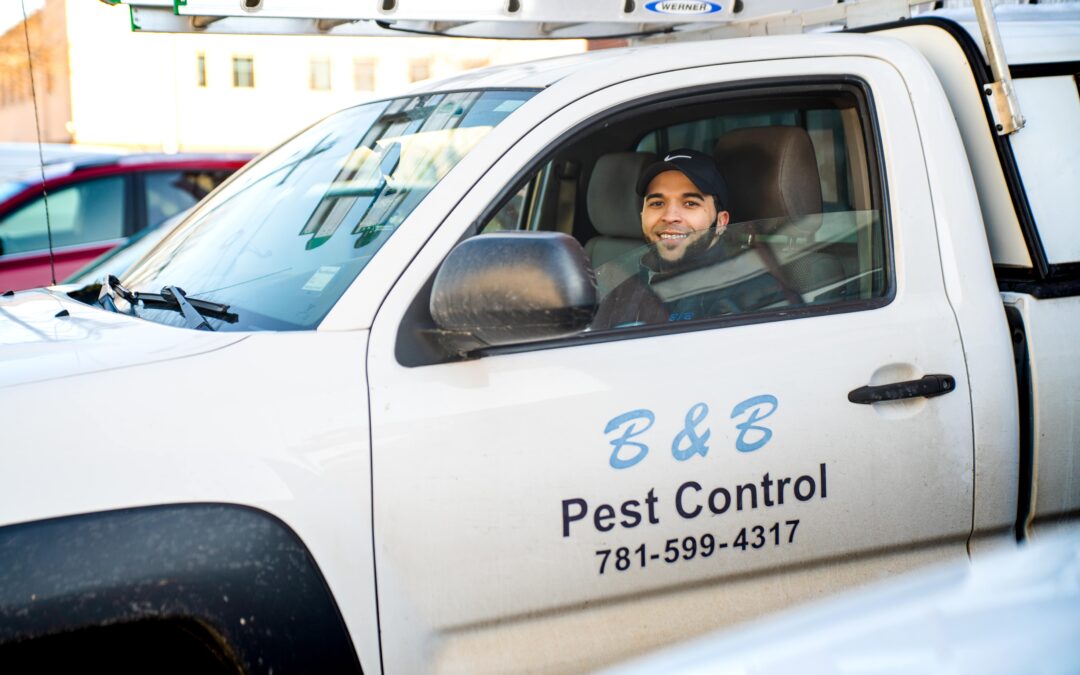European hornets, paper wasps, and other species of stinging insects send over 500,000 people to the hospital every year. However, how can you tell the difference between the different species, especially paper wasps and European hornets? In this article, we’re going to look at what sets these two species apart.
Name and appearance
The paper wasp has been named after the material it uses to make its nests, which resembles paper, and the European hornet, also known as giant or brown hornet, received its name after it was imported from Europe in the 19th century.
Paper wasps are smaller and have a mostly brown coloration with some yellow mixed in. They also have a thinner midsection. European hornets, on the other hand, are larger, thicker and their abdomen has more prominent yellow stripes.
Habitats
The paper wasp will build an umbrella-shaped nest that can hang from various objects including railings, attic rafters, soffits, door frames, porch ceilings, branches and twigs. These nests have open cells where the wasps will lay their eggs. The European hornet will seek more concealed spaces in which to build their nests. These spaces can include hollowed out trees, attics, house walls, barns, outhouses, and even abandoned bee hives. Any part of the nest that is left out in the open is then covered with a cellulose layer that is made from chewed up, decaying wood.
Behavior
Paper wasps have a diet that consists of nectar and insects such as flies and caterpillars. During autumn, a future paper wasp queen will scout various locations where she will spend the winter. This can lead her indoors, from where she will emerge to start a new nest. European hornets eat much larger insects such as honeybees, yellowjackets, flies, and grasshoppers. They are also known to feed on honeydew, various fruits and tree sap. They will usually emerge during late summer, and they are also active at night, unlike most stinging species.
Threat level
Paper wasps are not aggressive by nature, but they will attack if they feel under threat, or if their nest is disturbed. They have a very painful sting and they can trigger an allergic reaction. European hornets can sting multiple times, because they have a smooth stinger. They carry a venom that causes pain, swelling and itchiness, and which can also cause an allergic reaction. Outside of the sting threat, they can also cause a lot of damage to shrubs and trees near their nests as they strip the bark in order to reach the sap and feed on it.
Prevention
There are several measures that you can take in order to prevent getting stung or an infestation taking place. When trimming hedges or shrubs, make sure that there are no nests hidden under the branches or within the foliage. Also make sure to seal any crevices and cracks in the exterior of the home, and that your screens are in good condition. Keep any food covered, especially if you are eating outdoors, and properly dispose of food in sealed bags. If, despite your best efforts, you still notice an infestation, contact us right away, and we will send over an exterminator to remove the threat.

